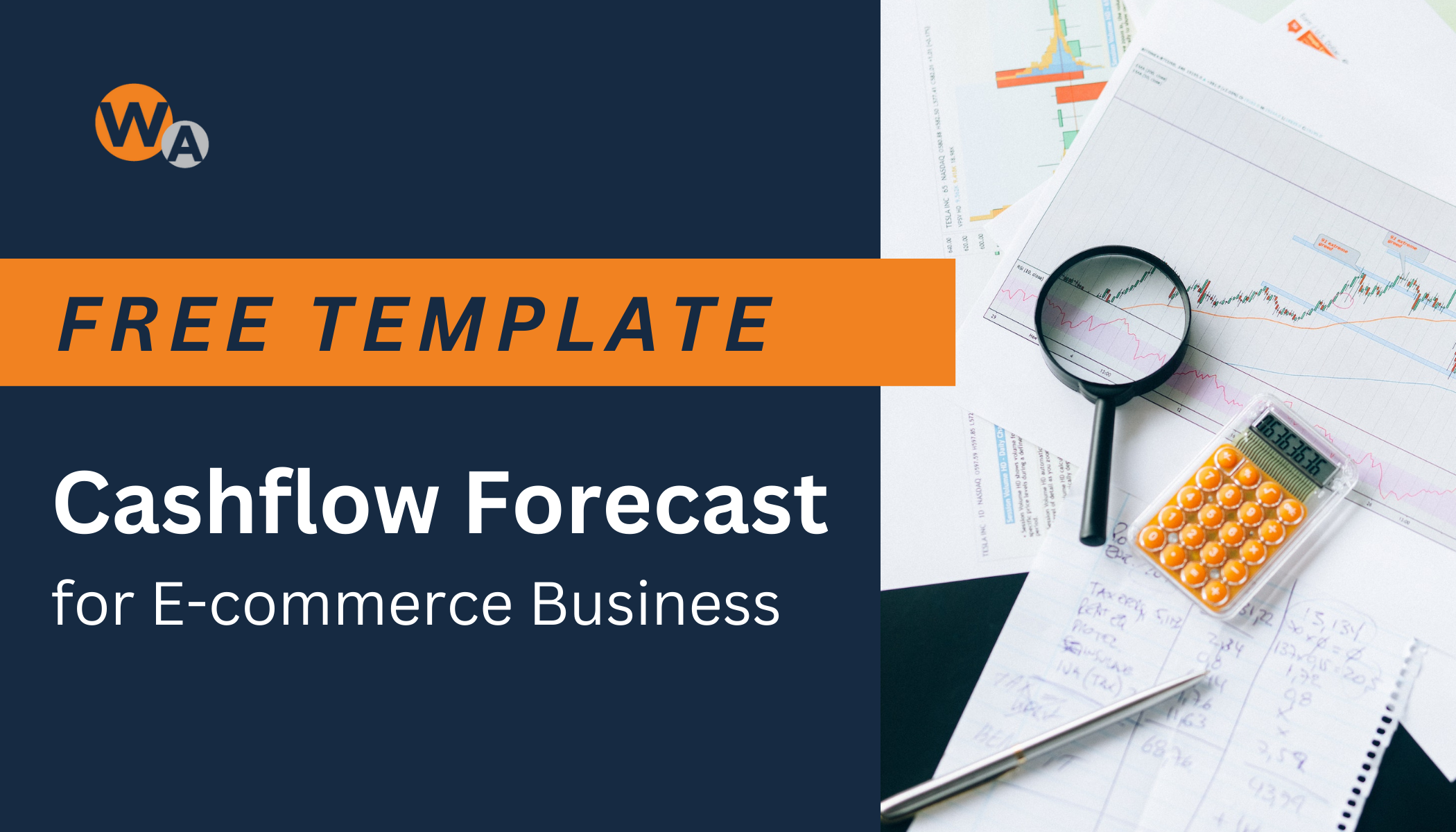For e-commerce businesses, cash flow forecasting is particularly important. Online businesses often have unique cash flow challenges, such as fluctuations in sales volume and unpredictable expenses related to shipping and inventory management.
Without accurate cash flow forecasting, it can be difficult to plan for these fluctuations and manage your finances effectively.
Why it is important to forecast your e-commerce cash flow
By regularly forecasting your cash flow, you can:
1. Identify potential cash shortfalls before they happen:
Cash flow forecasting allows you to anticipate times when your cash inflows might not be enough to cover your outflows. By identifying potential shortfalls in advance, you can take proactive steps to address them, such as securing financing or adjusting your expenses.
2. Plan for growth:
If you want to grow your e-commerce business, you need to have a clear understanding of how much cash you will need to invest in new products, marketing campaigns, and other growth initiatives. Cash flow forecasting can help you plan for these investments and ensure that you have enough cash on hand to support your growth plans.
3. Make informed financial decisions:
By knowing what your cash flow will look like in the future, you can make informed decisions about how to manage your finances. For example, you might decide to delay a major purchase or hire additional staff based on your projected cash flow.
Key Components of a Cash Flow Forecasting Template for E-commerce Businesses
1. Sales Forecast:
E-commerce businesses need to have a clear idea of their sales projections, which can be based on historical sales data or market trends. This will help them to estimate their cash inflows for a given period. In the sales forecast, you should include projections for total sales and sales by product category or channel.
2. Cost of Goods Sold (COGS):
COGS refers to the costs associated with producing or acquiring the products that you sell. E-commerce businesses need to estimate their COGS accurately to determine their gross profit margin. This will help them to calculate their cash outflows for a given period. In the COGS forecast, you should include projections for direct costs such as the cost of inventory, shipping, and packaging.
3. Operating Expenses:
E-commerce businesses have various operating expenses, including marketing, advertising, salaries, rent, utilities, and other general expenses. These expenses need to be factored into the cash flow forecast to determine the net cash flow for a given period. In the operating expenses forecast, you should include projections for fixed and variable expenses.
4. Cash Inflow and Outflow:
Once you have estimated your sales, COGS, and operating expenses, you can calculate your cash inflows and outflows for a given period. This will help you to determine your net cash flow, which can be used to assess your cash position and plan for future investments or expenditures.
Cash Flow Forecasting Template for E-commerce Businesses
To make things easier, we've created some cash flow forecasting template that you can use as a starting point for your own e-commerce business.
Below is the key components included in the template and can be customized based on your business needs:
- Monthly columns for sales forecasts, COGS forecasts, operating expenses, and net cash flow.
- The sales forecast includes separate lines for different product categories, while the COGS forecast includes lines for inventory, shipping, packaging, and the total cost of goods sold.
- The operating expenses section includes lines for salaries, rent, marketing expenses, and other expenses, etc.
Download the Cash Flow Forecasting Template for E-commerce Business now for FREE




